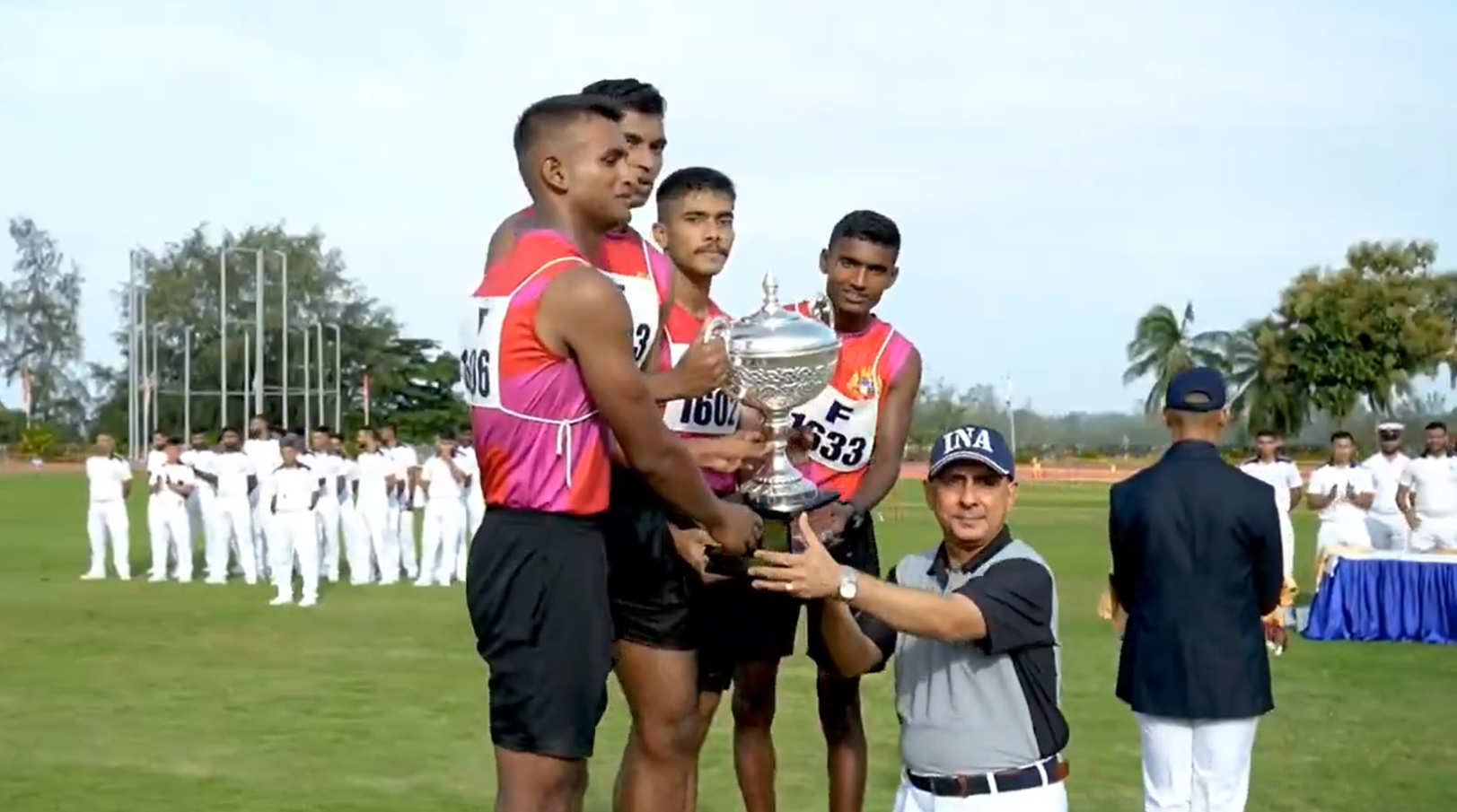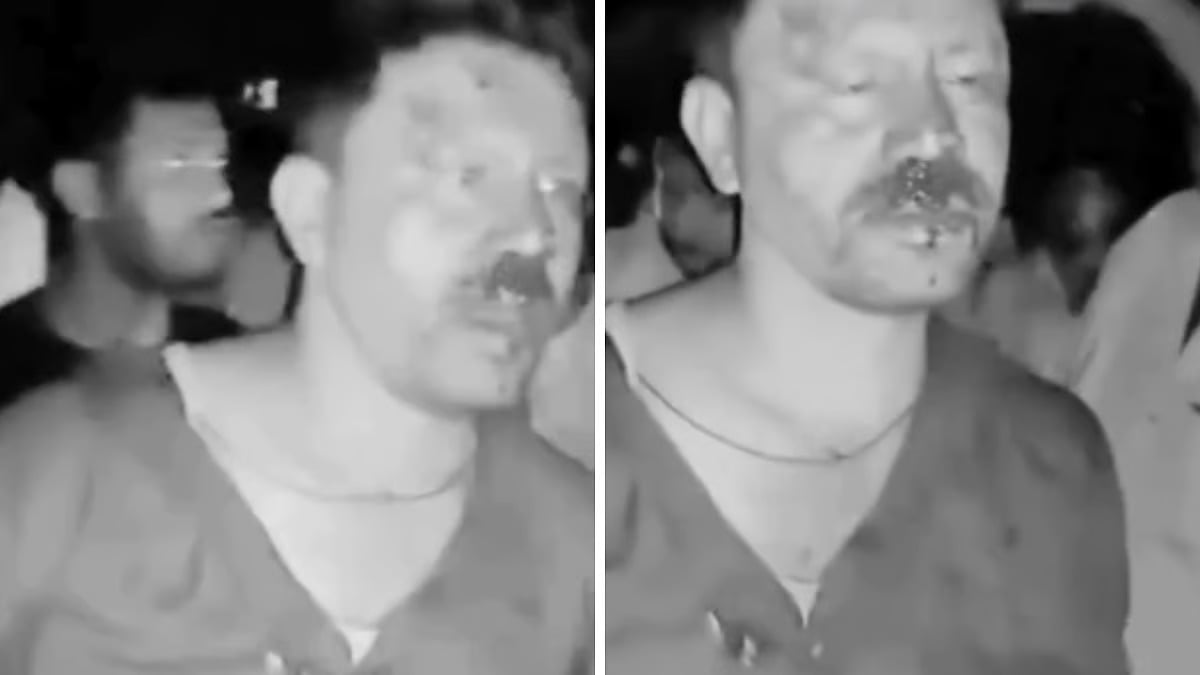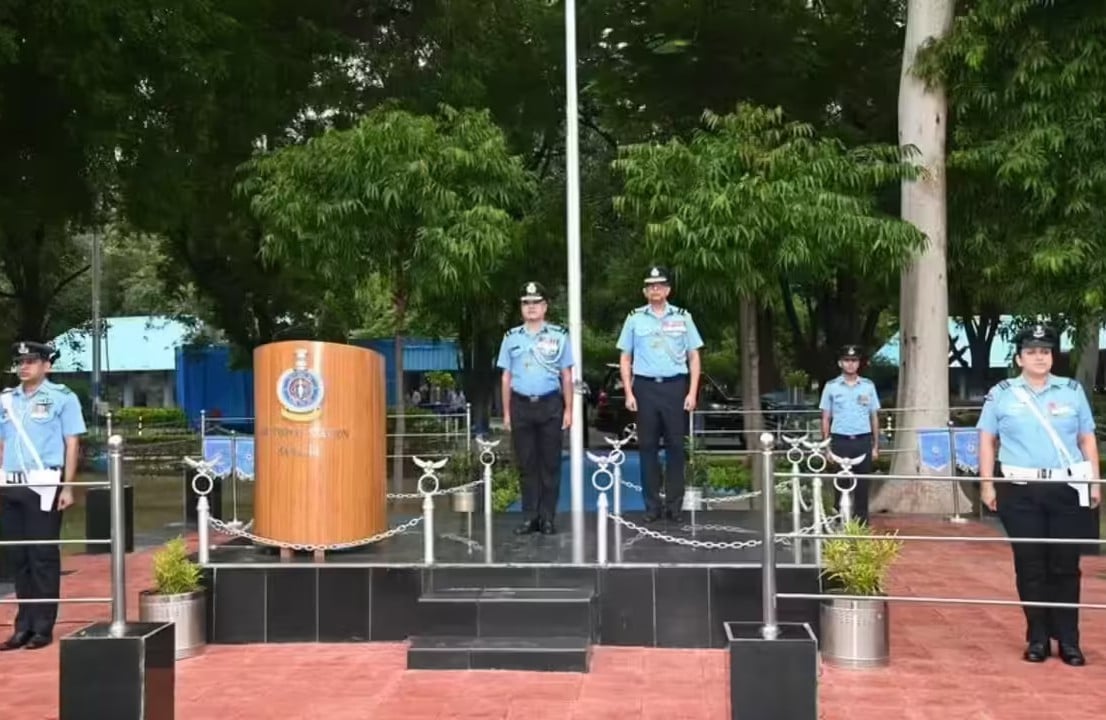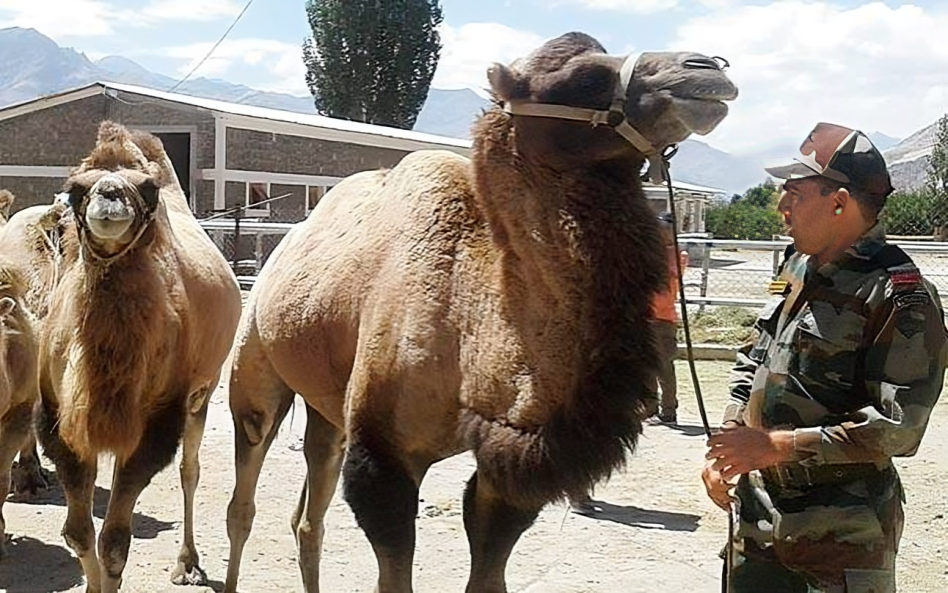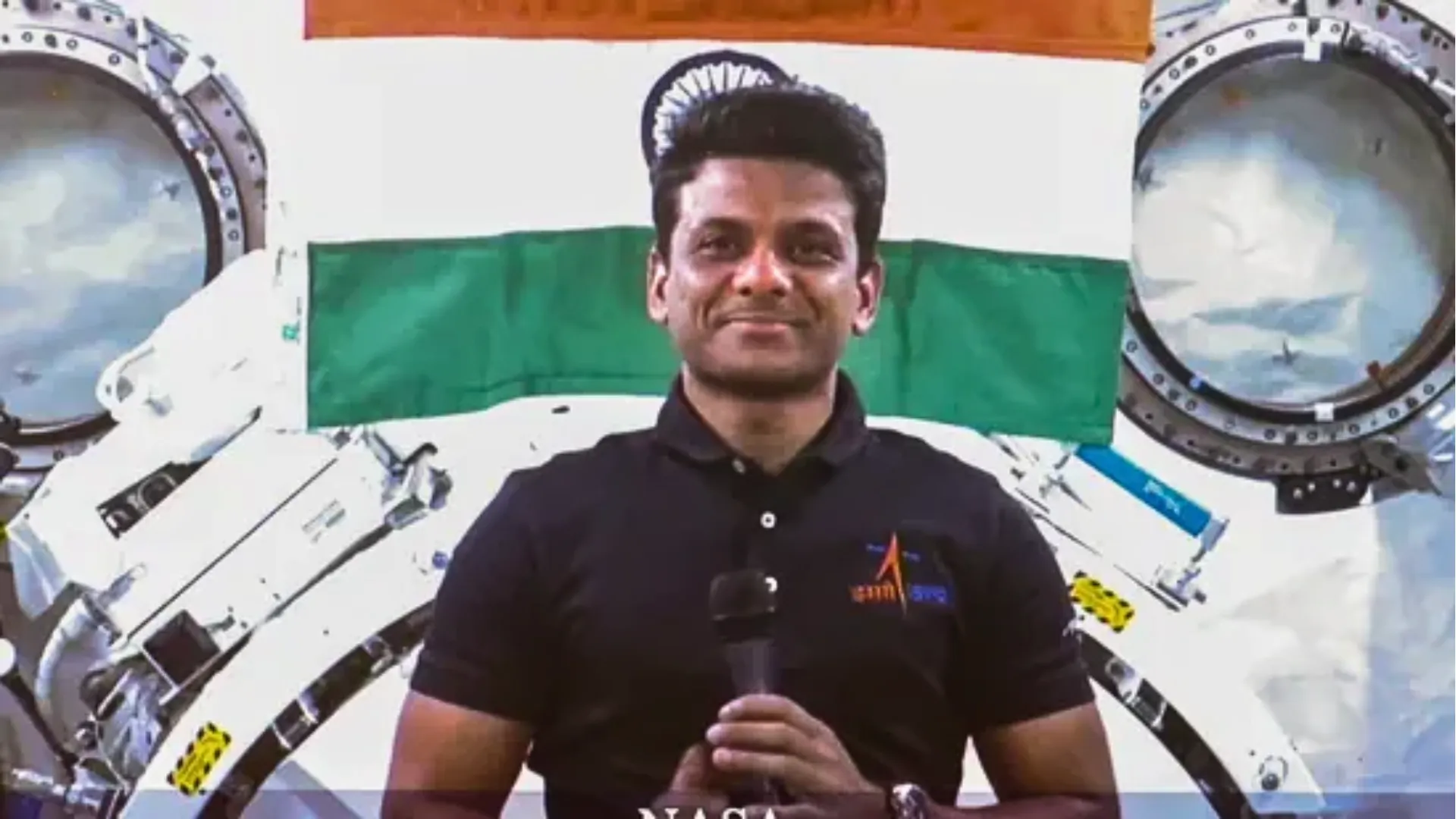Fighter Squadron Wins Inter-Squadron Cross Country Competition at Indian Naval Academy
The Indian Naval Academy (INA) witnessed an inspiring display of grit and determination as six squadrons competed in the Inter-Squadron…
‘If You Are a True Indian…’: Supreme Court Raps Rahul Gandhi Over Army Remarks
The Supreme Court on Monday stayed criminal defamation proceedings against Congress leader Rahul Gandhi but pulled him up over his…
Drunk Army Officer Hits 30 People With Car in Nagpur, Thrashed by Locals
As per reports by NDTV: A disturbing incident unfolded in Nagpur on Sunday evening when an army officer on leave…
Air Commodore Chandra Kumar Rasyara Takes Command of Air Force Station Manauri
Air Commodore Chandra Kumar Rasyara has officially assumed command of Air Force Station Manauri as the new Air Officer Commanding.…
Indian Army Inducts Double-Humped Bactrian Camels for Logistics Operations in Ladakh
The Indian Army has formally inducted Bactrian camels, the hardy double-humped species native to Ladakh, to assist in patrolling and…
Group Captain Shubhanshu Shukla Says He’s Ready to Share Learnings for Gaganyaan Mission
Group Captain Shubhanshu Shukla, India’s second astronaut to travel to space, has expressed his readiness to contribute to the Gaganyaan…

